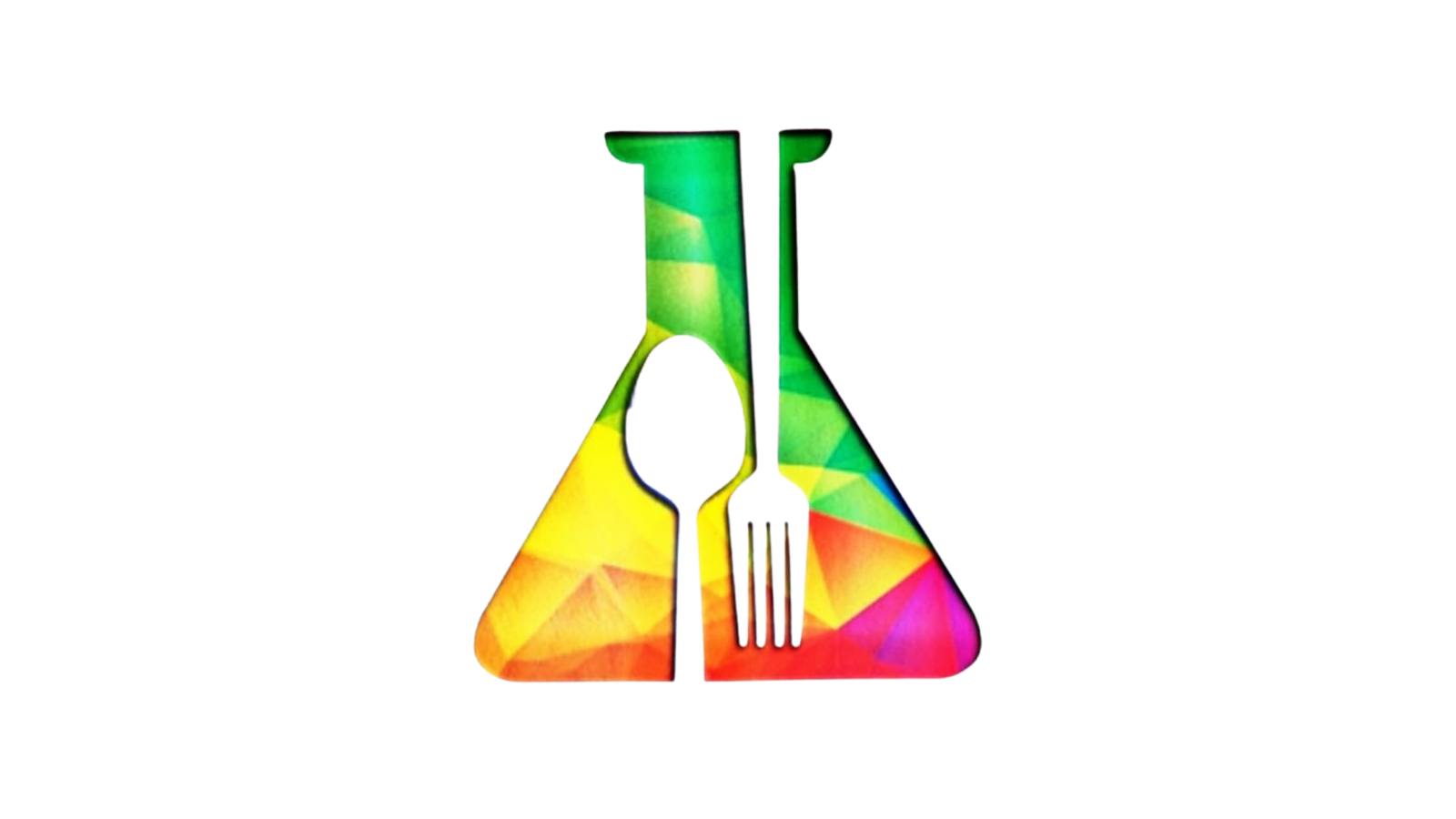Q. Monosodium glutamate is
- monosodium salt of glutamic acid
- Potassium salt of glutamic acid
- Type of glutamic acid
- None of the above
Answer: a)
- Monosodium glutamate (MSG) is the sodium salt of glutamic acid, one of the most abundant amino acids in our diet. It has been used for more than a hundred years to enhance and balance the savory taste of food. Glutamate is found in two forms: “bound” glutamate (linked to other amino acids in protein) and “free” glutamate. Foods which are high in free glutamate, like ripe tomatoes and cheeses, are considered tasty.
Q. Monosodium glutamate (MSG) occurs naturally in which vegetable
- Cauliflower
- Cabbage
- Tomato
- Potato
Answer: c)
MSG occurs naturally in ingredients such as hydrolyzed vegetable protein, autolyzed yeast, hydrolyzed yeast, yeast extract, soy extracts, and protein isolate, as well as in tomatoes and cheeses.
Q. Color additives are also called
- Food dyes
- Color pigment
- Both a and b
- None of the above
Answer: a)
A color additive is any substance that imparts color to a food, drug, cosmetic, or to the human body. Color additives include both synthetic substances and substances derived from natural sources. Color additives may be used in food to enhance natural colors, add color to colorless and ‘fun’ foods such as cake decorations, and help identify flavors (such as purple for grape flavor or yellow for lemon). Color additives are sometimes called food dyes.
Q. Additives can be used as
- Coloring agent
- Flour treatment agent
- Preservative
- All of the above
Answer: d)
Additives can be used for various purposes. EU legislation defines 26 “technological purposes.” Additives are used, among other things, as:
- Colours – they are used to add or restore colour in a food
- Preservatives – these are added to prolong the shelf-life of foods by protecting them against micro-organisms;
- Antioxidants – they are substances, which prolong the shelf-life of foods by protecting them against oxidation (i.e. fat rancidity and colour changes)
- Flour treatment agents – they are added to flour or to dough to improve its baking quality.
Q. In E numbers what represents E
- England
- Europe
- Egypt
- None of the above
Answer: b)
The “E numbers” in the ingredients list of your packaged foods replace the chemical or common name of particular food additives which are used to enhance the colour, flavour, texture or prevent food from spoiling. In Europe, these are referred to as E numbers (the E stands for Europe).






